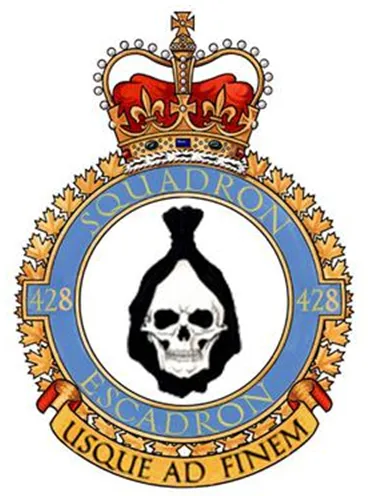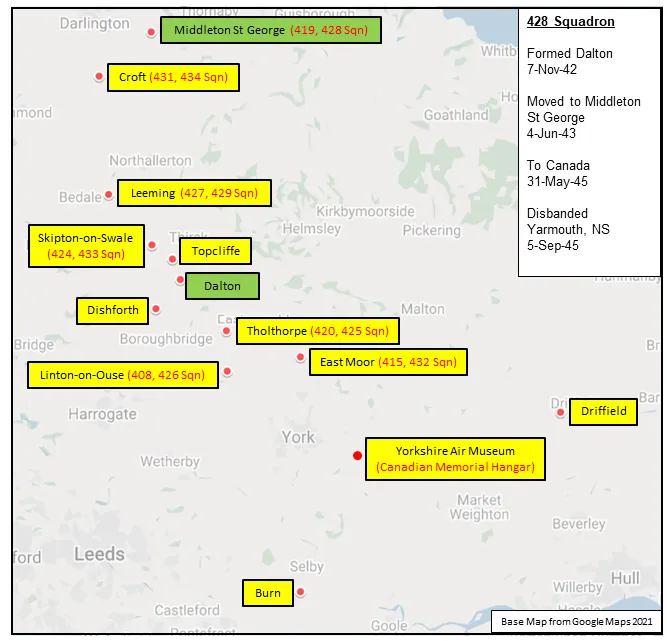Avro Canada CF-100 Canuck Clunk

The Avro Canada CF-100 Canuck (affectionately known as the "Clunk") was a Canadian jet interceptor/fighter in service during the Cold War both in NATO bases in Europe and as part of NORAD. The CF-100 was the only Canadian-designed fighter to enter mass production, serving primarily with the RCAF and the Canadian Armed Forces, and also in small numbers in Belgium. For its day, the CF-100 featured a short takeoff run and high climb rate, making it well suited to its role as an interceptor.
Production consisted of 5 pre-production CF-100 Mk. 2 aircraft, 74 machine gun armed CF-100 Mk. 3 aircraft, 280 CF-100 Mk. 4 aircraft armed with both machine guns and rocket pods, and 331 CF-100 Mk. 5 aircraft armed only with rocket pods. Harold Skaarup web page
CASPIR Aircraft Groups:
RCAF On Strength (692), RCAF 400 Squadron (90), Canadian Aircraft Losses (53)Canuck Mk. 5 18575
Starboard wing seperated during high speed low level pass during air show at Kinross AFB, Michigan on 19 May 1956. One RCAF fatality, Flying Officer S.A. Marshall, and one USAF fatality. With No. 428 Squadron at RCAF Station Uplands, Ontario at this time.
1956-03-08 Taken on Strength 2019-08-20
1956-06-01 Struck off Strength Struck off after crash, see comments. 2019-08-20






 Canadian Virtual War Memorial
Canadian Virtual War Memorial Yorkton, Saskatchewan
Yorkton, Saskatchewan Avro Canuck CF-100
Avro Canuck CF-100 Wikipedia Avro Canuck
Wikipedia Avro Canuck Harold A Skaarup Web Page
Harold A Skaarup Web Page

